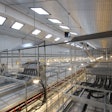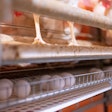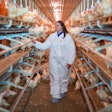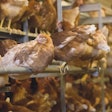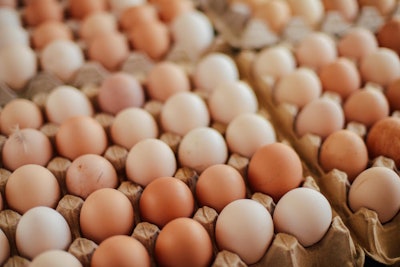
Many factors play a role in the shift of layer housing to cage-free, including state law changes, consumer demand and housing costs, but there seems to be a disconnect between what consumers are asking for and what they want, according to Darrin Karcher, Ph.D., associate professor animal sciences, Purdue University. It’s still undetermined if consumers will pay for a more expensive product long term.
“We know what the consumer wants, but there seems to be a disconnect. Will they pay for it?” questioned Karcher, at USPOULTRY’s 2021 Live Production, Welfare, and Biosecurity Webinar. While the question is still unknown, companies are moving forward with switching to alternative housing systems outside of conventional.
The challenges
In the past 10 years, there has been an increasing amount of pressure for producers to leave behind their conventional housing systems. “Cage-free is the predominant systems moving into the future,” stated Karcher. “By 2025, we will need 72% of the egg industry to be cage-free to meet the 2025 cage-free commitments that companies have made.”
“We’ve got to have a better understanding of our genetics in the birds for not only behavior purposes, but what final product is the goal,” he stated. Depending on whether a producer is producing shell eggs or egg products, it could dictate what genetics a company utilizes.
“Up to this point in time, everyone has been so focused on the laying hen, what type of housing system she is in and what kind of access she has. There hasn’t been a huge focus on what we need to do for the first 18 weeks to get that laying hen to where she needs to be.”
Adjusting the group size, tailoring lighting systems to the pullets, training pullets to easily adjust to their new housing and a 90% uniformity rate moving into the hen house were all variables that were considered which could affect the pullet’s background. “Feeding schedules need to be to be reexamined due to layers being more active in cage-free settings versus conventional housing. Are there better ways to feed them from a timing perspective to make sure were maximizing their ability to thrive?”
Standardizing equipment layout across the industry was a point of concern. “We need to think about equipment layout when we’re putting these houses in,” stated Karcher. Where do the perches go? How many ramps should there be? How much distance should there be between rows? “There is no consistency in cage-free housing.”
While Karcher covered multiple other factors to be reviewed before switching to alternative housing, it was made clear that the industry is not looking backwards to caged housing and that a change in management is critical when maximizing the benefits of a new housing system.










